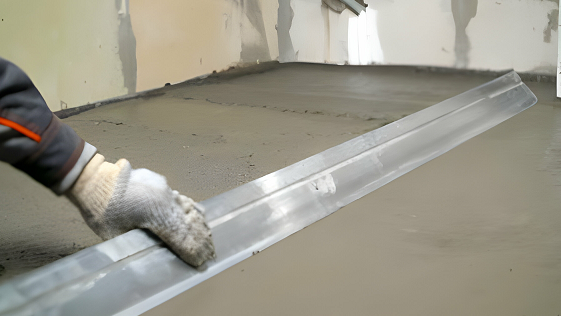Enhancing Your Basement: A Guide to Effective Floor Leveling
Transforming your basement into a functional living space often starts with ensuring a level floor. Uneven basement floors not only detract from the aesthetics but also pose challenges for furniture placement, flooring installation, and overall comfort. Whether you’re planning a basement renovation or addressing existing floor issues, mastering basement floor leveling is essential. Here’s a comprehensive guide to help you achieve a seamless and level surface.
1. Assess the Current Condition:
Begin by thoroughly inspecting your basement floor. Identify any areas of unevenness, dips, or cracks. Understanding the extent of the problem will guide your approach to leveling.
2. Choose the Right Leveling Method:
Depending on the severity of the unevenness and your budget, several methods can be employed for basement floor leveling:
Self-leveling concrete: Ideal for minor imperfections, self-leveling compounds can be poured over the existing floor to create a smooth surface.
Concrete overlay: Suitable for moderate irregularities, overlays can be applied to the existing floor to level it and provide a fresh surface for finishing.
Mudjacking: This method is used for significant level discrepancies, involving pumping a mixture of soil, cement, and water beneath the slab to raise it.
Floor grinding: Effective for high spots or uneven areas, grinding removes excess concrete to achieve uniformity.
3. Gather Necessary Tools and Materials:
Depending on the chosen leveling method, gather the appropriate tools and materials. This may include a concrete mixer, trowels, leveling compound, grinder, safety gear, and suitable footwear.
4. Prepare the Surface:
Clean the basement floor thoroughly, removing any debris, dust, or loose material. Repair any cracks or damage using a suitable concrete patching compound. A clean and smooth base is crucial for achieving optimal results.
5. Follow Application Instructions:
Whether using self-leveling compounds, overlays, or other materials, carefully follow the manufacturer’s instructions. Mix the compounds to the correct consistency, apply them evenly, and work efficiently to ensure a uniform surface.
6. Allow Proper Drying and Curing Time:
After applying the leveling material, allow sufficient time for it to dry and cure according to the product guidelines. Avoid heavy traffic or placing heavy objects on the newly leveled surface until it’s fully cured to prevent damage.
7. Inspect and Make Adjustments:
Once the leveling material has cured, inspect the surface for any remaining imperfections. Minor adjustments can be made using a grinder or by applying additional leveling compound as needed.
8. Consider Finishing Touches:
Depending on your plans for the basement space, you may choose to apply a decorative flooring finish or sealant to enhance durability and aesthetics. Consider factors such as moisture resistance, ease of maintenance, and design preferences when selecting a finish.
Conclusion:
Achieving a level basement floor is a crucial step in creating a comfortable and functional living space. By following the steps outlined in this guide and selecting the appropriate leveling method for your needs, you can transform an uneven basement floor into a seamless foundation for your renovation project. Whether you’re tackling the job yourself or hiring a professional, mastering basement floor leveling is key to unlocking the full potential of your basement space. click here to get more info https://aklevelandpolish.com.
895 Don Mills Rd. Suite 900, Toronto, ON M3C 1W3 Phone
+1 647 710-5034
https://aklevelandpolish.com/
